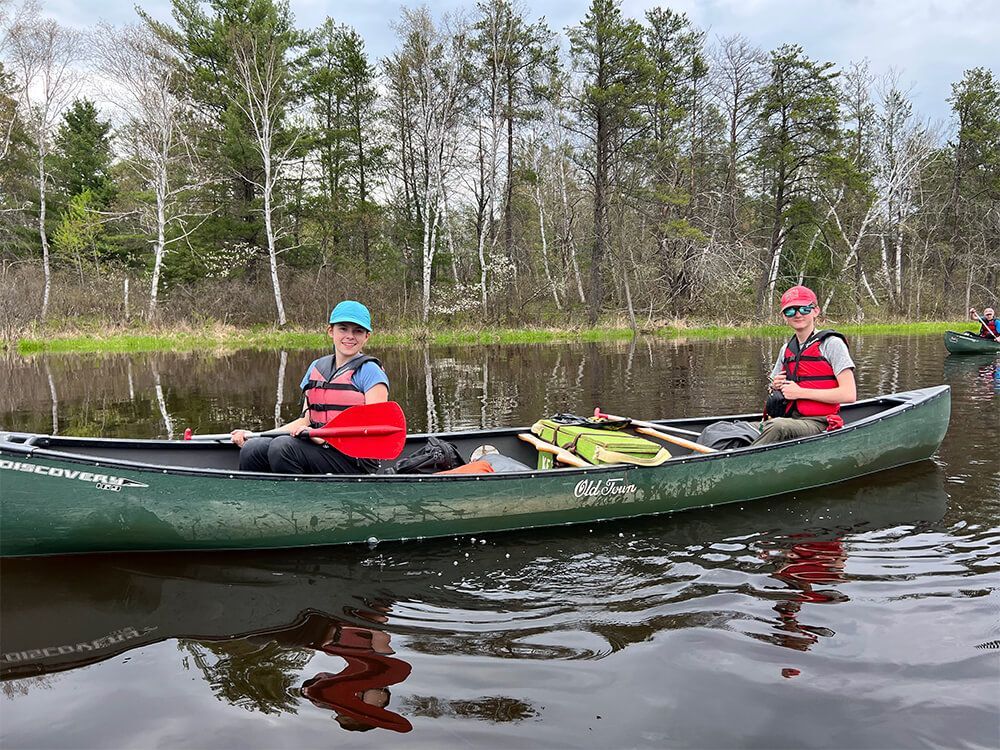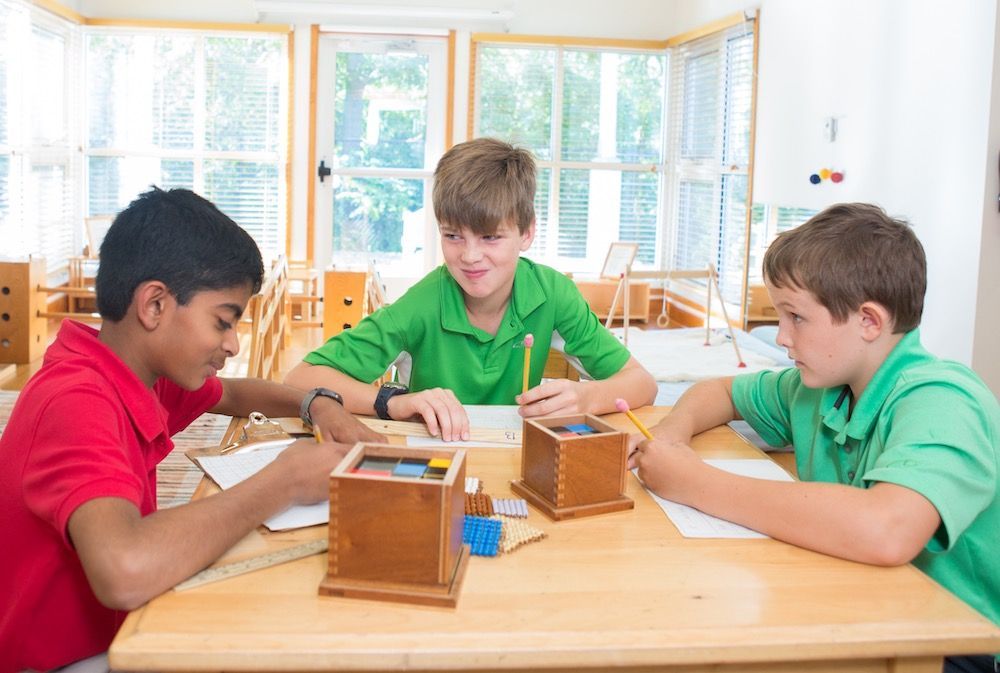
How then can parents help their children under the age of three to build the foundation for eventual independence? A parent’s first response is often to try and recreate the Young Children’s Community (for 18 month to 3 year olds) in the home. However, any parent attempting to do so soon finds that this task is neither possible nor necessary. Instead, we ask parents to bring their child to Forest Bluff at 18 months where we have created an environment that is meeting just the needs of these little ones. We do indeed suggest some ways for supporting your child’s independence at home. It is key, however, that you not interpret such suggestions as instructions. As parents, we tend to hear them in this way because we are conscientious about our children and also because of our own educational backgrounds where teachers consistently told us what to do, and when.
Perhaps – with our first children especially – we will have the opportunity in their early years to let them scrub a potato for dinner and put their own clothes in a hamper, but real independence is not going to come primarily from specific activities. It is going to come from a place that you may not have considered before. It is going to come from your child’s experience of you: of your relationship together. We have to begin with who we are, our spiritual selves. The child before us is a spiritual being; we have to address and relate to him or her with the human spirit within us.
Motherhood with its forced slow down in activities during pregnancy, nursing and the body’s recovery period, presents the perfect opportunity to reflect on our inner selves and our journey through life to date, our hopes and dreams for the future, our values and those achievements in life that will have the most meaning for us when our life’s journey is complete. Such gains in our inner lives are hard work but they will be with us for the lifetime of our parenting and reap benefits for all whom we touch in every area of our lives.
Relating to our children with our whole selves requires time: time to just be with them (no phone in sight or earshot) for a slow paced walk, sitting in the leaves, looking at clouds, reading a book, being a calm presence and enjoying life with them: above all, taking the time to just observe our children, not in a passive way but in an active one. If we make an effort to observe and think through each situation in family life and what might make this time of day go more smoothly, we will be rewarded with a more joyful and peaceful day, both for ourselves and our children.
Perhaps dinner could be prepared after lunch, before a quiet time with all the family in their rooms for a rest. Next, everyone could go outside to play and be refreshed just by being in nature, the human being’s original and most natural environment. Even on the coldest days, children and mothers can bundle up and get out in the fresh air, even if only for a short time. In the fall when the time change brings darkness an hour earlier, it might make sense to come in from outdoors and start the children’s baths at 4:00 or 4:30. Children would then be in their pajamas before dinner at 5:00 or 5:30. They could be in their beds for their individual story time with you just afterwards, thereby eliminating any opportunity to get overstimulated and overtired before going to sleep.
As you consider ways of arranging your daily schedule to meet the needs of your children in this modern world, I want to mention a major obstacle for all of us. It has to do with being fully present for each other – especially our children. We know that screens, cell phones, computers and much modern technology distract us from face to face contact with each other. We may not be aware, however, that new studies are suggesting that these technological devices can even make it difficult to be comfortable and relaxed after we are no longer using them. Thus they interfere with our enjoyment and opportunity for reflective thinking when we do set aside uninterrupted time for calm and solitude. (See: Reclaiming Conversation by Sherry Turkle, PhD).
Finally, we can deepen intimate and warm relationships with our children by planning an environment in our homes that fosters the intellectual lives of our children and of ourselves. Montessori teacher and author, John Snyder in his book, Tending the Light, describes the Montessori environment at home (as at school) as “free, peaceful, rich intellectually.” Montessori gave the details of this Prepared Environment at school for children from early childhood through age twelve. Therefore, Montessori schools throughout the globe are familiar to any child transferring from one to another. Obviously, she could not give details for our varied and unique home environments. However, the principles behind establishing a home environment that is “free, peaceful, rich intellectually” are similar.


